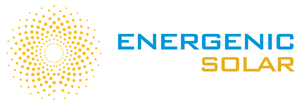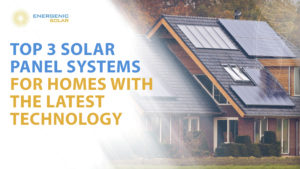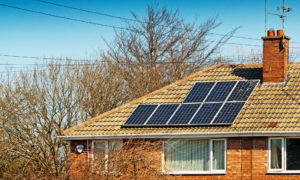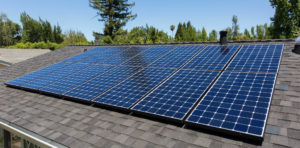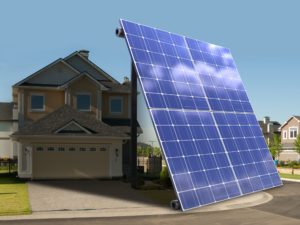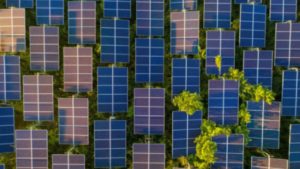Before connecting a home electric solar system to the electric grid, research and determine the equipment required, as well as the specifications and agreements of your power provider.
While renewable energy systems can power residences and small businesses without a connection to the electricity grid, many people prefer the benefits of grid connection.
A grid-connected system allows you to power your home or small business with renewable energy when the sun is shining, the water is flowing, or the wind is blowing (daily and seasonally). Any additional power that generates is returned to the grid. When renewable resources are unavailable, electricity from the grid meets your needs, saving you money on energy storage batteries.
When connecting your home energy system to the electric grid, there are a few things to consider:
- To connect your system to the grid, you’ll need the equipment.
- Your power provider’s grid-connection requirements
- Codes and requirements set out by the state and local governments
Grid connect solar power
A grid connect system connects to the local utility grid so that when your solar panels generate more solar electricity than your home uses, the excess is fed back into the grid. When you have a grid-connected solar power system, the energy grid supplies the balance of what your solar panels generate and what your house requires. So, if your house’s electrical loads consume 20 amps and your solar power generates just 12 amps, you’d be drawing 8 amps from the grid. The grid provides all of your energy needs at night because a grid-connected device does not store power that generates during the day.
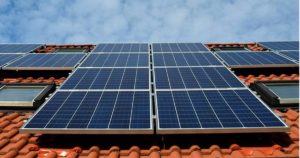
How do Electric Solar Systems work with Grid connection?
The supply of electricity will flow both from the grid to which the user’s home is connected and from the user’s home to the grid in this electric system. This feature makes the on-grid solar system simultaneously cost-effective and highly useful. The solar panels on the user’s house are connected to the grid. The solar panels convert sunlight into DC (Direct Current) electricity (DC). After that, the current is sent to an inverter. The DC is then converted to Alternating Current (AC) by the solar inverter, which then powers the electrical items. This electricity is then transmitted to the grid, where it is used daily. Since all of the power generated is typically much more than a home needs or can handle, the grid-tied inverter often controls the amount and voltage of electricity fed to the household. The net meter is an important feature. It’s a device that keeps track of how much energy is supplied to the grid and how much energy is consumed. The unpaid balance is reported at the end of each month, and the consumer is provided with a bill. The primary electricity distribution panel then distributes this ‘converted’ power supply to homes.
Benefits of on-grid solar
- No electricity bills — Even though the solar power system is connected to the grid, the user just pays for the excess electricity he uses. The consumer’s monthly bill determines whether the consumer has any payments to make. However, if the user consumes less energy, the surplus is pumped back into the grid.
- Low-maintenance — The on-grid solar power system has the fewest parts and is the easiest to install. Elimination of batteries makes maintenance easier.
- Passive income — With a connection to the grid, the consumer can charge for the excess electricity he has generated. It not only reduces your electricity bills but also helps you to take advantage of cost savings associated with the excess electricity produced.
- On-grid solar systems —are the most cost-effective and easy to set up. These are ideal systems for households because the extra power transmitted to the grid easily covers the expense of the system.
TipTalk
Some electricity providers now allow you to carry over the balance of any net extra electricity your system produces from month to month, which may be helpful if the resource you use to produce electricity is seasonal. If you generate more energy than you consume at the end of the year, you must give the excess to the power provider.
